Continuing with my daily trip, for 5 years, of approximately 160 km, which takes me from my residence in Maracay - Aragua, to the popular neighborhoods of Valencia - Carabobo - Venezuela.
In the first part of this series, I pointed out that our service was working in the section Replacement Of Ranch For House, here we are going to do it in an urbanism, that is to say, we are going to develop a set of houses inside virgin land, we are going to start from scratch!
First I am going to define what urbanism means to me.
Urbanism: Practice (projects) that considers the application of regulations for a development or establishment of a city, community, being the settlement of people (houses) with the essential public services incorporated, in an organized way.
In Valencia, capital city of the state of Carabobo, which is located in the center of the Venezuelan territory. A group of 41 low-income families were affected by the flooding of the Cabriales river. The national government ceded a piece of land of a little less than 1 hectare to develop the "La Democracia A - B" housing development (those nomenclatures due to the existence of 2 Community Councils where the beneficiaries come from).

The urbanism was developed under a scheme elaborated by Inversiones Peñate C.A., from the hands of Architect Hildemaro Meneses, as a contribution to PDVSA, under a simple concept consisting of the construction of 5 terraces (4 of them double).

Terraces 4 and 5
In each terrace 8 houses were built and in terrace one (1) 9 houses, for a total of 41 houses, of the Petrocasas type.

Petrocasa beneficiary Felipe Arias
The internal roads consisted of 3 longitudinal streets, two lateral ones of 6 meters wide and a central one of 9 meters wide, with a length of 80 meters. And a transversal street, at the end of the small urbanism of 77 meters that joins the three streets.

Cleaning of the land: Being an abandoned land, it was full of debris and medium-sized bushes, once the land was cleaned, we proceeded to remove the surface layer, which we call disposable soil and then proceeded to the construction of the road trunk.
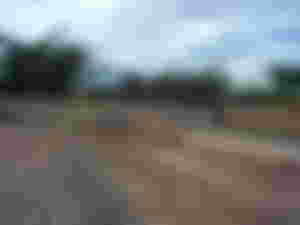
Construction of Terraces: Once the land was cleaned up and the topographic survey was carried out, we proceeded to raise, build and shape the terraces on which the houses will be built. These terraces were built with fill material transported in dump trucks of up to 24 m3.
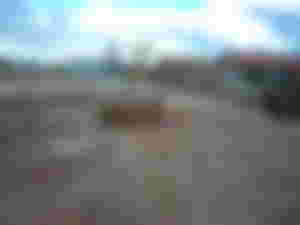
Vibro-compaction machine for terrace construction
Roadway: The roadway is going to become the body of the road or streets, on its sides are the sidewalks and on its edges the curb and gutter, the latter allows the collection of runoff water.
Under this trunk are embedded the public services, starting in order of depth with.
1. -Sewage or sewage network
2. -Direct gas
3. -Aqueduct
4. -Rainwater surface drainage network.
5. -Anchored between the sidewalk and the curb, the poles of the electrical connection.
Sewage or sewage network: It begins in the internal environment of the house with what we call "A.R. spider", a pipe that collects the water used in the house, it is conducted to a tank or register, very close to the house. From there it goes to what we call "cachimbo" which is located on the sidewalk, generally 6 inches in diameter and is connected to the main pipe or main sewage network of the urbanism, in this case HDPE pipe of 10 inches in diameter. In its route, every 25 meters there is a manhole (B.V), this element fulfills the functions of:
1. directing the branches,
2. network maintenance,
3. Slope changes.
4. Changes in pipe diameter.

Base Construction B.V
It consists of a concrete base, with its respective reinforcing steel, leveling rings, a 1.20 high cone, and a heavy metal cover.
In the last B.V., the 40-inch diameter pipe is installed, which will carry the water to the large main collector of larger diameters.

Base Construction B.V Connection of 40-inch pipe to the main sewage collector.
Machine excavation: Generally a backhoe excavator is used, but depending on the depth and type of soil, a larger excavator called a Jumbo can be used. This is an equipment with a longer reach in its arm and also higher performance.
The pipe is placed at the base of the trench, previously leveled with topography, and covered with a layer of sifted sand for its protection and at the time of any mishap, when reaching the sand lens the proximity of the pipe is known.

Sewage pipe in the trench
I invite you to read the third installment that I will be publishing soon. And where I will address the topics corresponding to Aqueduct, Gasification, Electricity and Paving in streets.

Original photographic and written support by oizaguirres submitted to read.cash.
Translated with www.DeepL.com/Translator (free version)


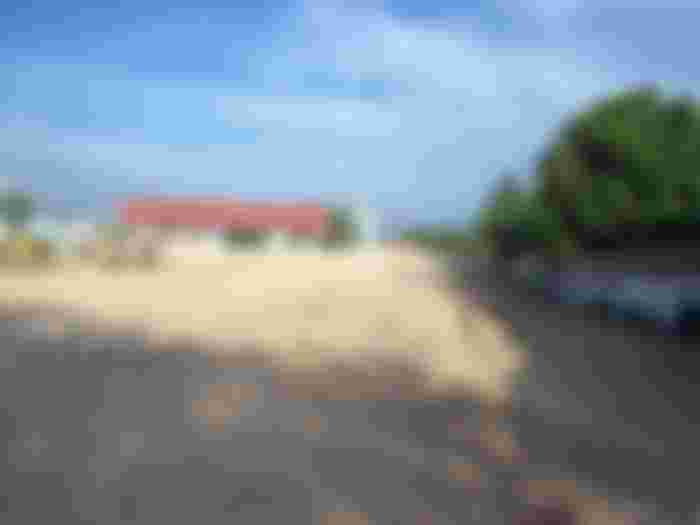
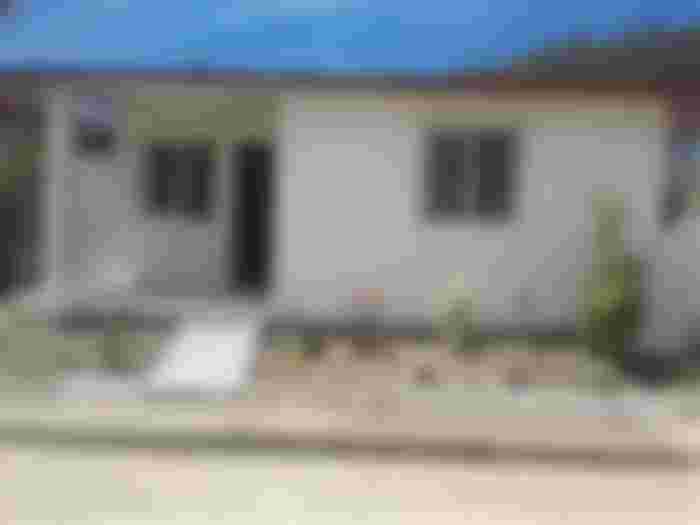

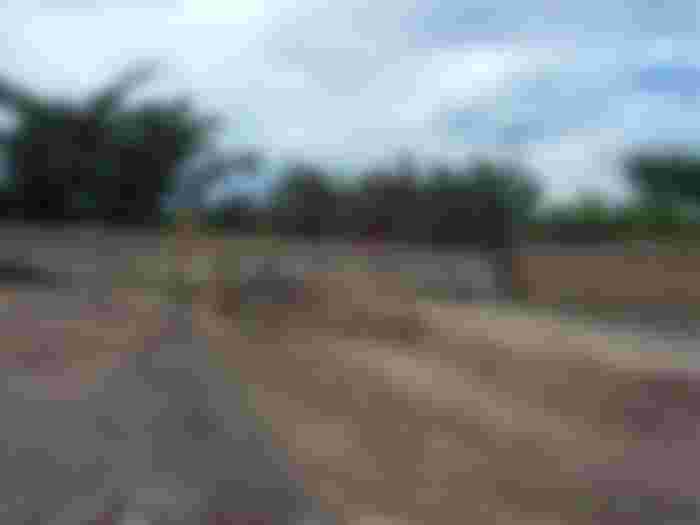
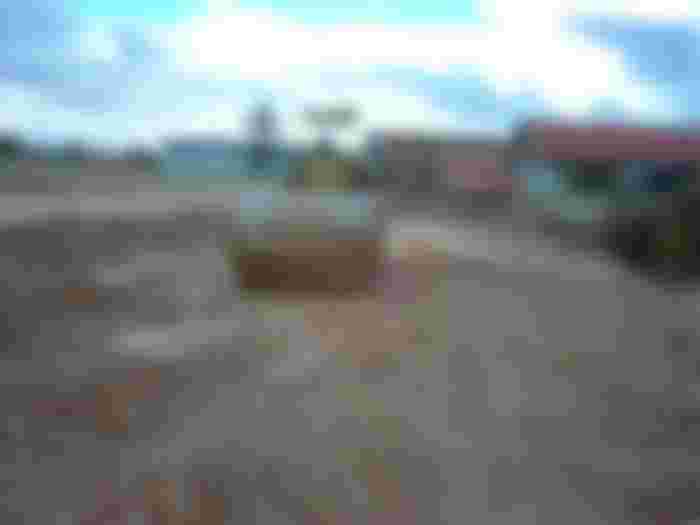





Thanks for the article and hope having a good day